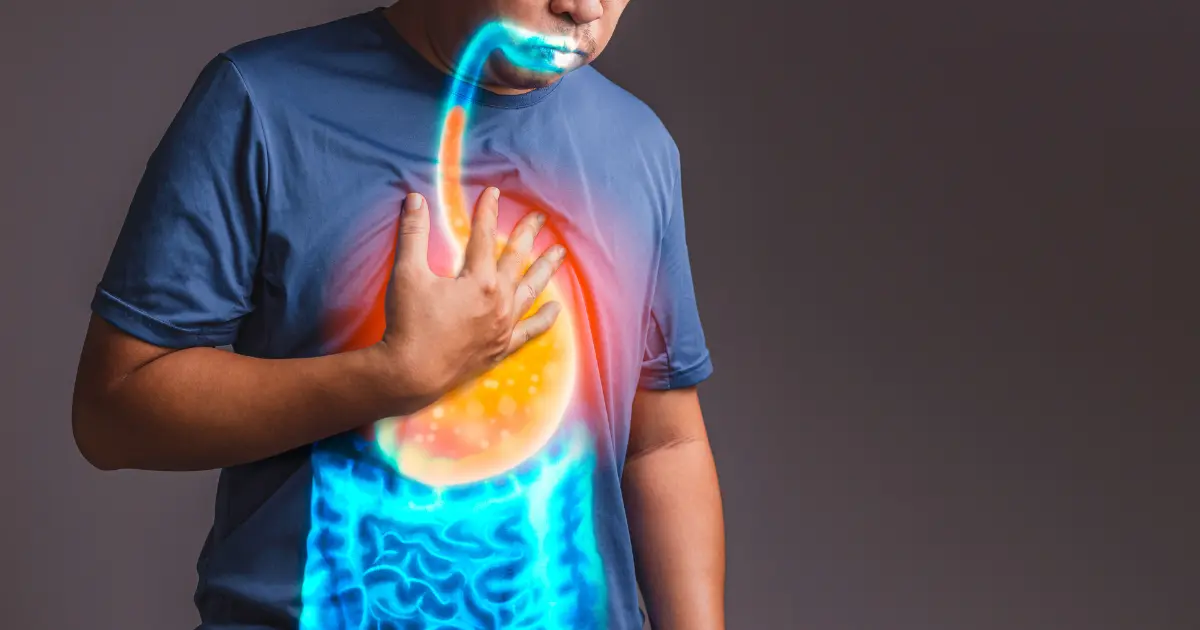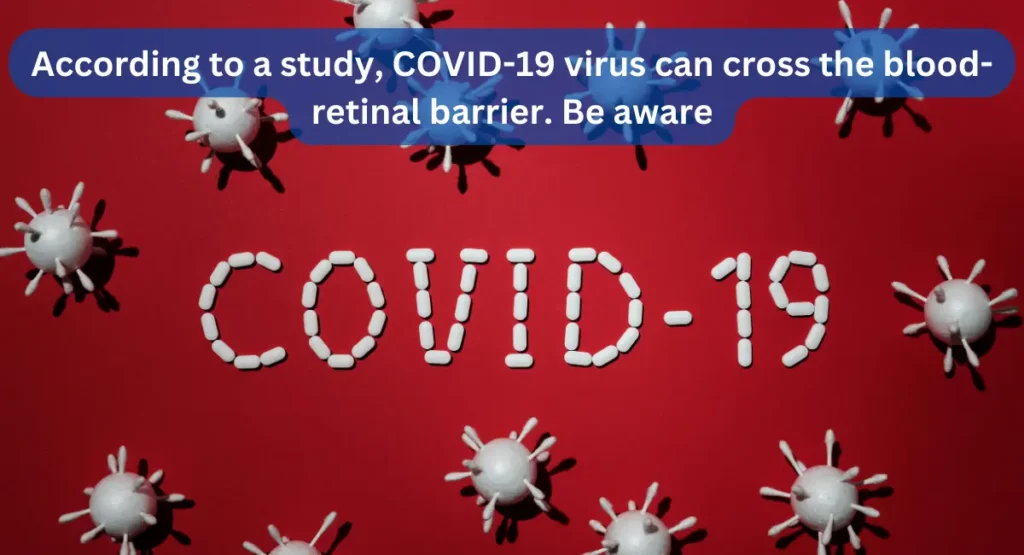Imagine a microscopic invader that turns your own body against you, devouring flesh at an alarming rate. Sounds like science fiction, right? Wrong! virus Flesh eating disease, while rare, is a terrifying reality that continues to captivate and concern the medical community in 2024.
Did you know that mortality rates for necrotizing fasciitis, a type of flesh-eating disease, can reach up to 80% in severe cases? Buckle up as we dive into the viral world of this gruesome condition, separating fact from fiction and arming you with life-saving knowledge!

Table of Contents
ToggleWhat Is Viral Flesh-Eating Disease?
Flesh-eating disease, medically known as necrotizing fasciitis, is a severe infection that rapidly destroys soft tissue and can lead to organ failure and death if left untreated. While bacteria are often the culprits, viruses can also cause this nightmarish condition.
Viral flesh-eating disease occurs when certain viruses invade the body and trigger an aggressive immune response, destroying skin, fat, and the fascia surrounding muscles.
Unlike its bacterial counterpart, viral necrotizing fasciitis can be trickier to diagnose and treat, making it a formidable foe in the medical world.
Throughout history, outbreaks of flesh-eating disease have sent shockwaves through communities. Remember the panic in Florida back in 2018? While that was a bacterial case, it highlighted just how terrifying these infections can be!
The Viral Culprits: Identifying the Enemies
So, what viruses are capable of such destruction? Here’s the rogues’ gallery:
- Herpes Simplex Virus (HSV): Yes, the same virus responsible for cold sores can, in rare cases, cause necrotizing fasciitis. Talk about a Jekyll and Hyde situation!
- Varicella-Zoster Virus (VZV): The chickenpox virus can come back with a vengeance, sometimes leading to flesh-eating complications.
- Cytomegalovirus (CMV): This sneaky virus is particularly dangerous for those with weakened immune systems.
In 2024, we’re seeing emerging threats too. Researchers are keeping a close eye on certain enteroviruses that have shown potential to cause severe tissue damage in rare cases.
But how do these viruses trigger such a devastating process? It’s a perfect storm of viral replication, immune system overreaction, and tissue breakdown. The virus invades, your body fights back hard (sometimes too hard), and before you know it, you’re in a life-or-death battle against your own defenses!
Recognizing the Signs: Early Detection Saves Lives
Catching viral flesh-eating disease early can mean the difference between life and death. Here’s what to watch for:
- Intense pain that seems out of proportion to any visible wound
- Flu-like symptoms (fever, fatigue, vomiting)
- Swelling and redness that spreads rapidly
- Skin that feels hot to the touch
- Blisters or black spots on the skin
If you notice these symptoms, especially after a cut, burn, or recent surgery – don’t wait! Get to the ER, pronto! Time is tissue, as they say in the medical world.
Diagnosing viral flesh-eating disease can be tricky. It often masquerades as less severe conditions at first. But thanks to advancements in rapid viral testing and imaging techniques, doctors in 2024 are better equipped than ever to spot this sneaky killer early.
The Battle Within: How Virus Flesh Eating Disease Attacks
When a flesh-eating virus invades, it’s like a hostile takeover of your body. The virus multiplies rapidly, infecting healthy cells and triggering an intense immune response. Your body, in its attempt to fight off the invader, releases a flood of inflammatory chemicals. It’s like setting off a bomb to kill a spider – effective, but with massive collateral damage.
This overzealous immune response can actually help the virus spread by damaging blood vessels and creating an oxygen-poor environment where it thrives. It’s a vicious cycle that can spiral out of control in a matter of hours.
Certain factors can make you more susceptible to these viral invaders:
- A weakened immune system (due to conditions like HIV or cancer treatments)
- Chronic illnesses like diabetes
- Recent surgeries or injuries
- Age (very young or elderly individuals are at higher risk)
While both viral and bacterial flesh-eating diseases can be devastating, viral cases often progress more slowly, making early diagnosis even more challenging. It’s like a stealthy assassin compared to a rampaging barbarian – both deadly, but in different ways.
Treatment and Management: Fighting the Viral Onslaught
Treating viral flesh-eating disease is a race against time. Here’s the battle plan doctors are using in 2024:
- Antiviral Therapy: High-dose antivirals like acyclovir are the first line of defense, attacking the viral invaders directly.
- Surgical Intervention: Removing dead and infected tissue is crucial. It’s a delicate balance – cut too little, and the infection spreads; cut too much, and you’re left with extensive reconstruction needs.
- Wound Care: Advanced dressings and negative pressure wound therapy help promote healing and prevent secondary infections.
- Supportive Care: Managing pain, maintaining fluid balance, and supporting organ function are all critical components of treatment.
Exciting developments are on the horizon too! Researchers are exploring targeted immunotherapies that could help regulate the immune response, preventing the out-of-control inflammation that makes flesh-eating disease so dangerous.
Prevention: Your Shield Against Viral Flesh-Eaters
While we can’t bubble-wrap ourselves, there are steps we can take to reduce our risk:
- Practice excellent hygiene, especially when it comes to wound care
- Boost your immune system through a healthy diet, regular exercise, and stress management
- Be vigilant about skin infections, especially if you have risk factors
- Stay up to date on vaccinations – while there’s no direct vaccine for flesh-eating disease, protecting yourself against related viruses can help
In 2024, researchers are making strides in developing vaccines that could offer broader protection against viruses known to cause necrotizing fasciitis. It’s not a silver bullet, but it’s a step in the right direction!
Life After the Battle: Recovery and Long-Term Outlook
Surviving flesh-eating disease is just the beginning of the journey. Recovery can be a long and challenging road, but advances in 2024 are offering hope:
- Cutting-edge physical therapy techniques are helping survivors regain function faster
- 3D-printed prosthetics are more lifelike and functional than ever before
- Virtual reality is being used to help patients overcome the psychological trauma of their ordeal
Mental health support is crucial. Many survivors struggle with PTSD, depression, and anxiety. But there’s hope! Support groups (both in-person and online) are helping survivors connect and heal together.
And let’s not forget the inspiring stories of resilience! Take Sarah, a 28-year-old who lost her left arm to flesh-eating disease in 2023. Today, she’s running marathons with a high-tech prosthetic and advocating for better awareness and research funding. Talk about turning tragedy into triumph!
Conclusion
As we’ve peeled back the layers of viral flesh-eating disease, it’s clear that while this condition is rare, it’s a force to be reckoned with. Armed with knowledge about its causes, symptoms, and treatments, we’re better equipped to face this microscopic menace head-on.
Remember, early detection and swift action are your best allies in the fight against flesh-eating disease. Stay vigilant, prioritize your health, and spread awareness – not fear. In the ongoing battle between humans and viruses, let’s ensure we come out on top!
Flesh-eating disease may be the stuff of nightmares, but with science, awareness, and a little bit of luck, we can keep those nightmares from becoming reality. Stay informed, stay healthy, and here’s to hoping none of us ever have to put this knowledge to the test!


